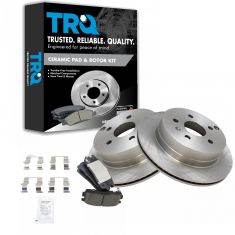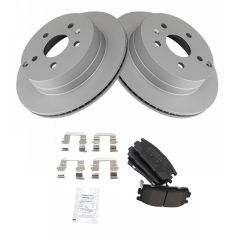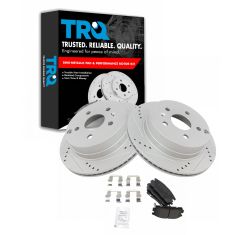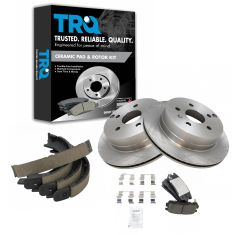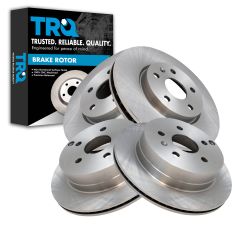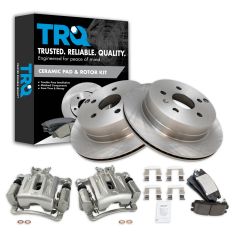1ABFS01341-2010-17 Chevrolet Equinox GMC Terrain Rear Semi-Metallic Brake Pad & Rotor Kit TRQ BKA11137
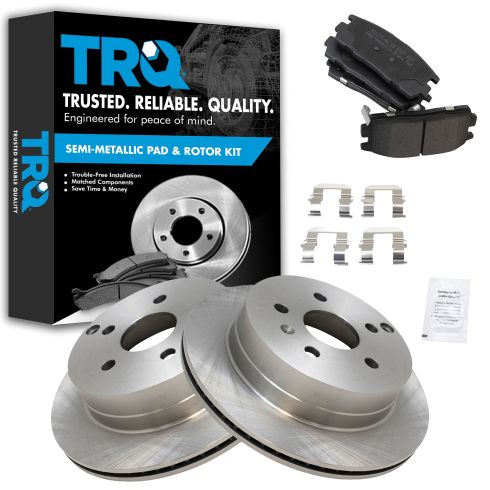
Replaces
2015 Chevrolet Equinox Rear Semi-Metallic Brake Pad & Rotor Kit TRQ BKA11137

Product Reviews
Loading reviews
5.00/ 5.0
2
2 reviews
Very Pleased
May 29, 2018
I was talking to my son about needing brakes on my truck. I told him how much it cost for the dealer to do the job and he said to get my brother {a mechanic} to do it an he'll pay for it. His fiancee' called me and said she knows a place on line where I can order my parts from and they are very good and the prices are also. She sent me the link, I called and placed the order. This was the first time I ever ordered parts for my vehicle on line, I am very pleased with the service and prices I received. I will be using you all again and i will pass your information on to others. Thank you.
Solid kit.
March 11, 2020
Rotors and pads fit well, and for a superior price.
Customer Q&A
Will u get much brake dust with these pads?
December 2, 2019
10
These brake pads should provide minimal brake dust. Please let us know if you have any other questions!
December 3, 2019
Emma F
Chevrolet is a registered trademark of General Motors Company. 1A Auto is not affiliated with or sponsored by Chevrolet or General Motors Company.
See all trademarks.







